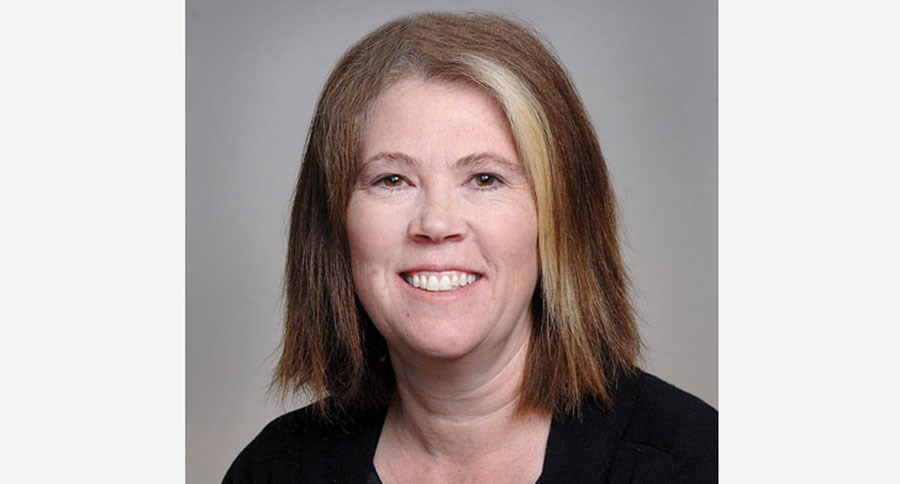Last week I wrote about the American caucus system, which is one of two methods for choosing a nominee for president. This week I will look at the American primary system as the second model for selecting a nominee for each of the major political parties.
The first thing to note about primaries is that they are, in many ways, like an election: voters go to a polling location to cast a ballot.
As I explained last week, caucuses are more like community or "town hall" meetings. The caucus is a more participatory model and requires a time commitment for the participants. It has been argued that caucuses attract the politically active and the interested voter.
Primaries democratize the process by giving more people the opportunity to vote in a simpler, quicker process. Primaries are generally, but not always, run by the state and not by the party.
There are a number of types of primaries. For the sake of ease I will focus on three: open primaries, closed primaries and semi-closed.
Remember that the primary is the process to select a nominee for both the Republican Party and the Democratic Party so one might assume that in order to choose a nominee for a party, a voter should be a member of the party.
Yet, an open primary allows anyone to vote with or without party affiliation. The voter may choose to vote for either party and may select a nominee from the party's slate of candidates.
A closed primary is one in which only party members can vote. Thus a registered Republican, for example, can choose from among the nominees for the Republican Party. A registered Democrat can choose among the Democratic Party nominees.
The first primary to take place will be in New Hampshire on Feb. 9. New Hampshire has a semi-closed primary.
In semi-closed primary only party members can vote in their respective primary however, unaffiliated voters can vote for either, but only one, party.
It is interesting to note that a Gallop poll taken between Jan. 6 and 10 showed that only 26 per cent of Americans declare that they are Republicans and only 29 per cent say they are a Democrat; 44 per cent of Americans consider themselves an Independent.
The closed or semi-closed primaries require that an individual declares a party affiliation and many of the primaries have closed registration dates that are scheduled a considerable time ahead of the primary. The rules vary across states.
Once the primaries and caucuses have taken place, delegates are chosen to represent the views of the state at the national convention. The delegates can be awarded in different ways and, again, each state has slightly different rules. Two possible models are winner-takes-all and proportional with thresholds.
The winner-takes-all model is obvious. Whoever wins the most votes, not necessarily the majority of the votes, wins all of the delegates. However, some states have a winner-take-all threshold of 50 per cent.
In other words a candidate does have to win more than half the votes to claim all of the delegates otherwise the votes are assigned to the other candidates proportionately.
In the proportional system, the delegates are divided among the candidates in proportion to the percentage of votes they received in the state vote. So, for example, if nominee A received 40 per cent of the votes they will receive 40 per cent of the delegates; if they received 25 per cent of the votes they receive 25 per cent of the delegates and so on.
But again there can be a caveat and in some states candidates must achieve a threshold percentage of the votes in order to win delegate votes and those thresholds range widely (as low as five per cent and as high as 20 per cent). There are also a number of super delegates who vote but I will leave an explanation of super delegates for another time.
As I said about last week's explanation of caucuses, some of the descriptions here may leave out the nuances of the different primary requirements for each state. As time goes on and more primaries and caucuses are held, I will look at some of the more interesting distinctions among states.



